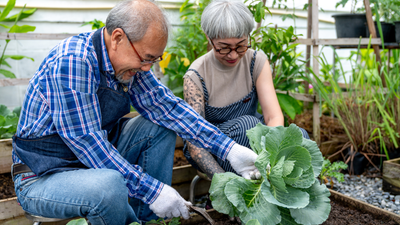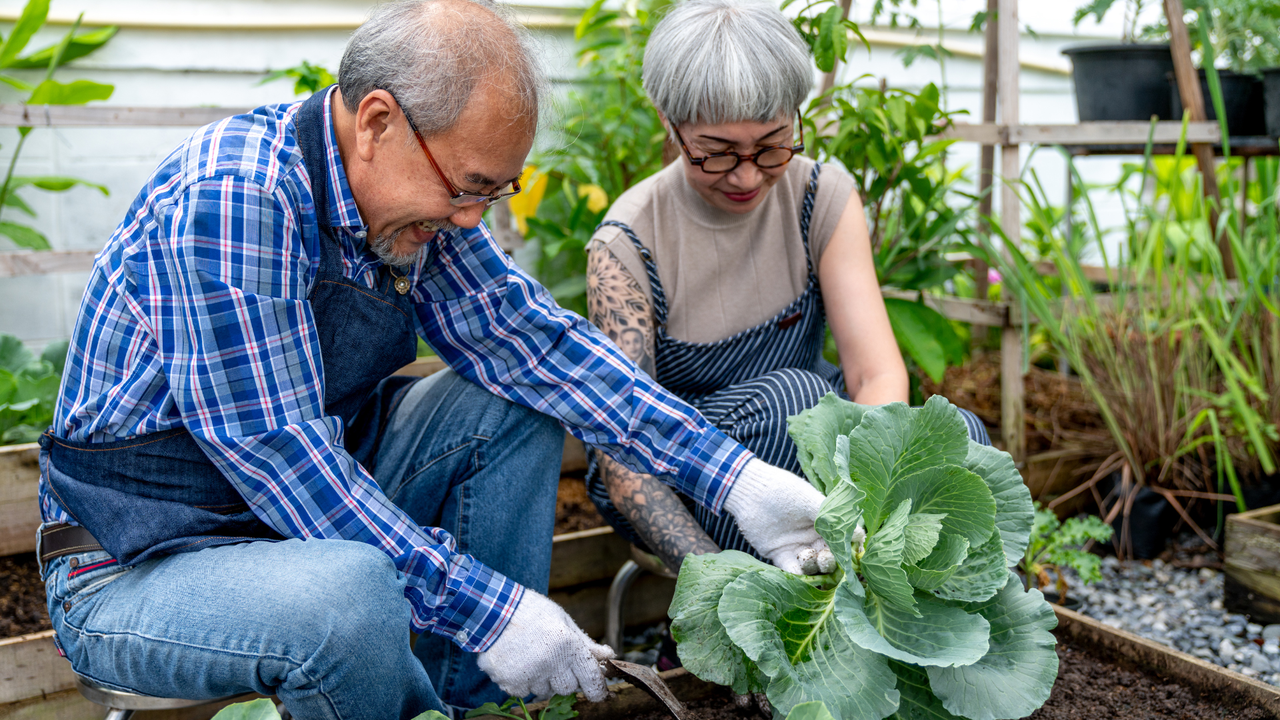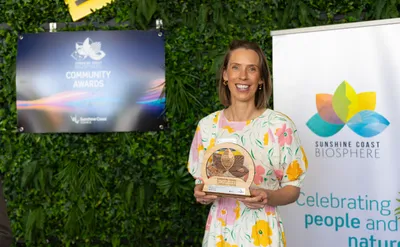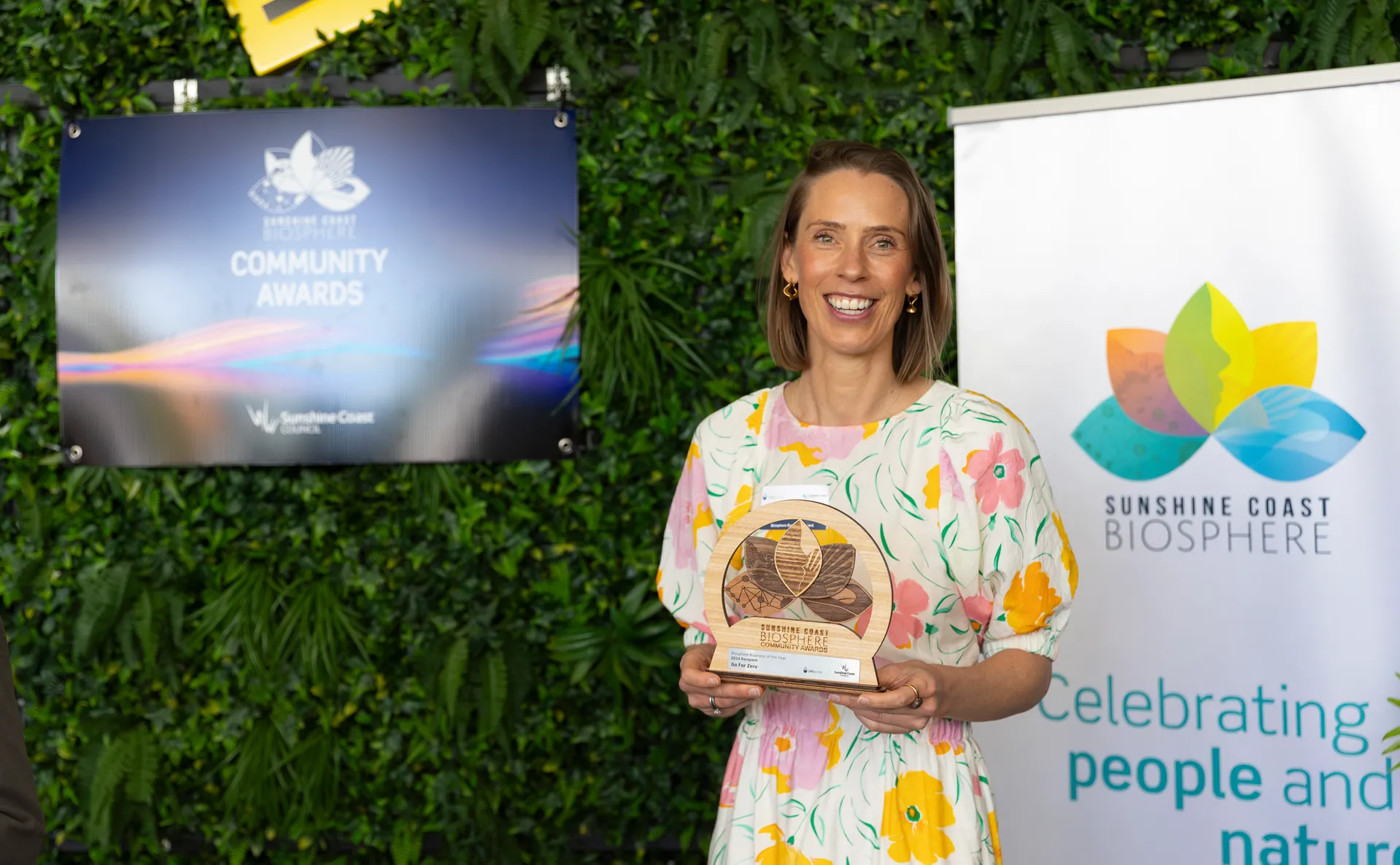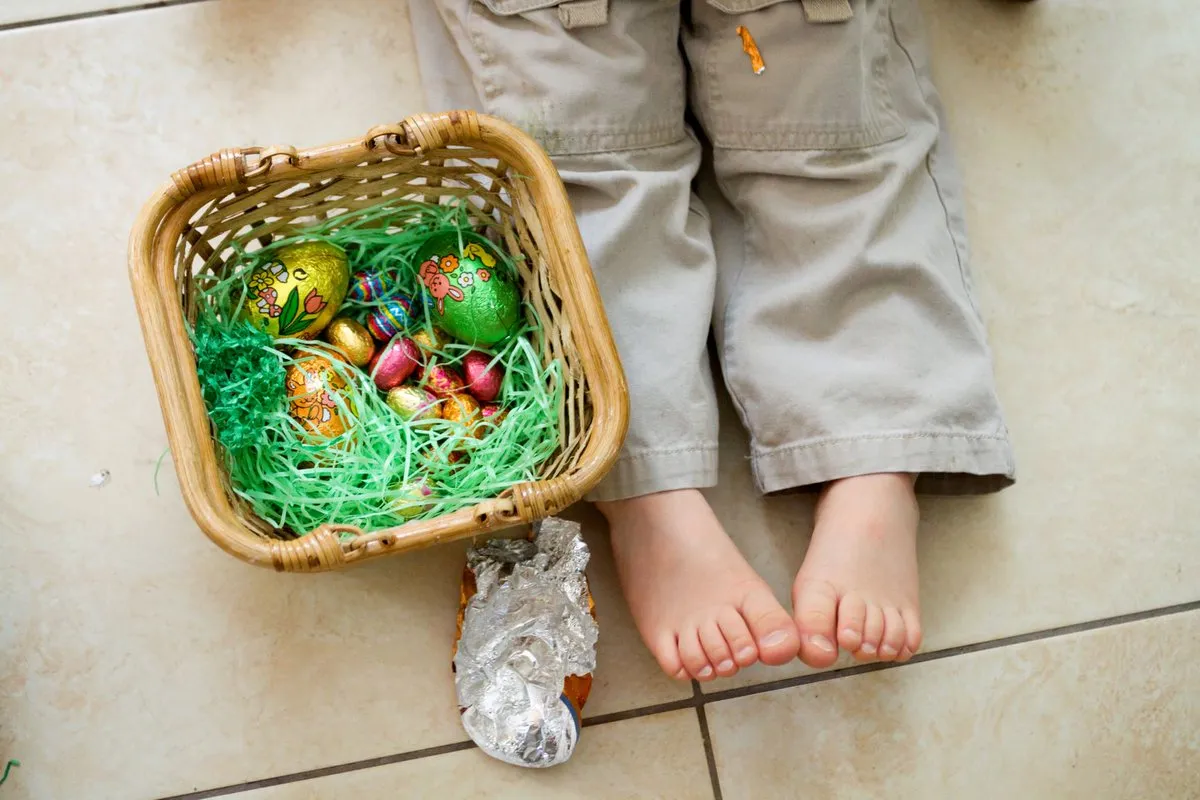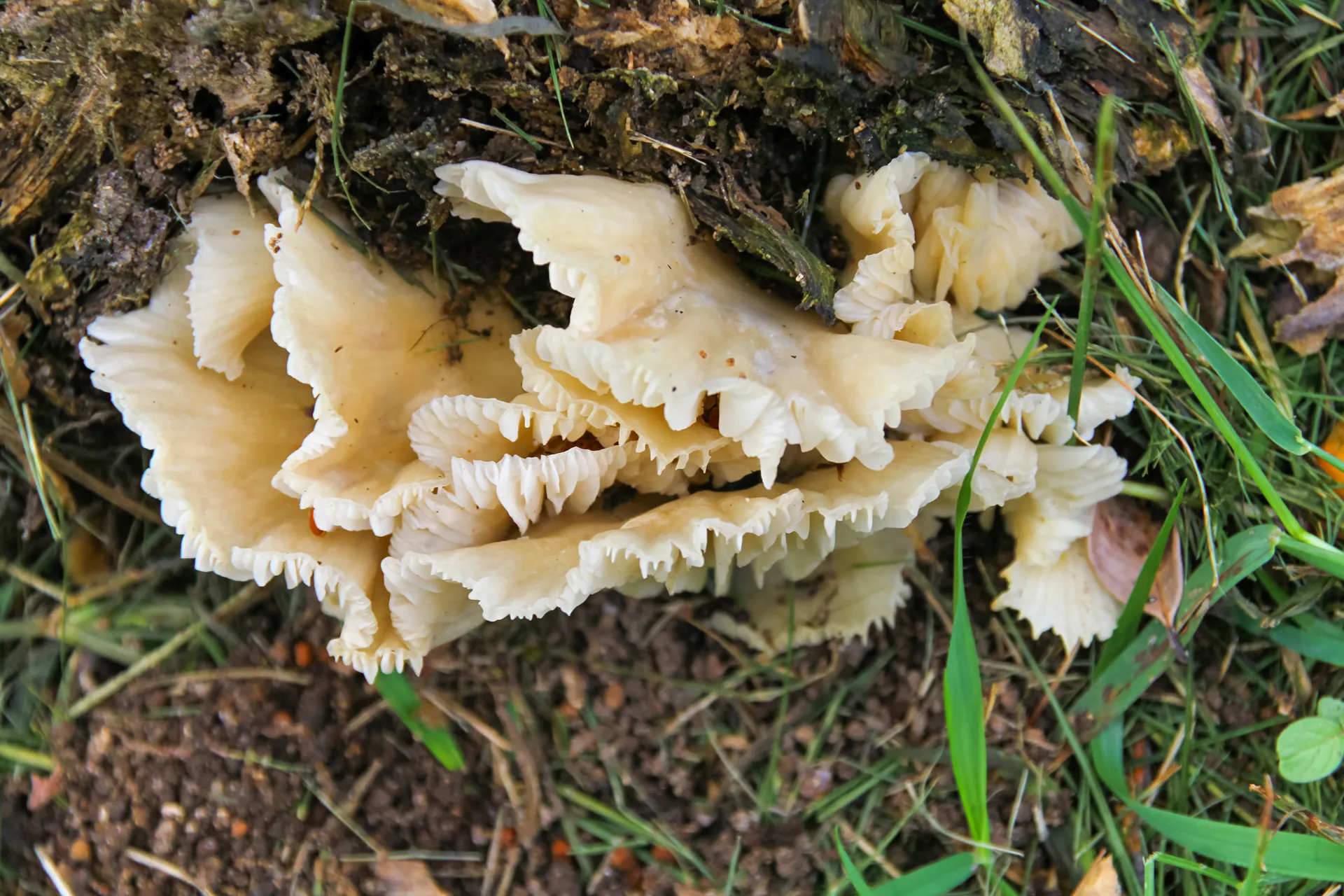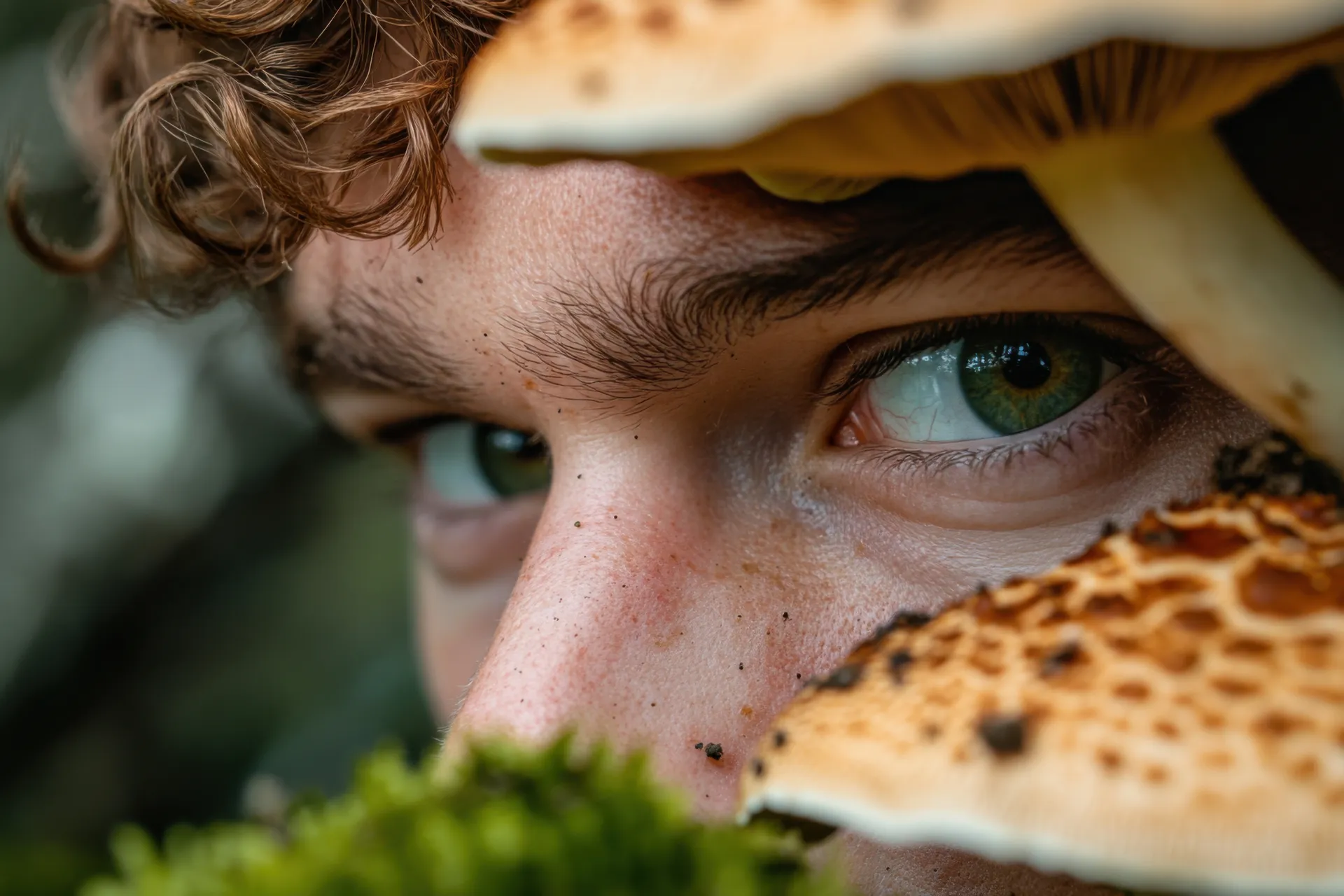Guide to going plastic and chemical free
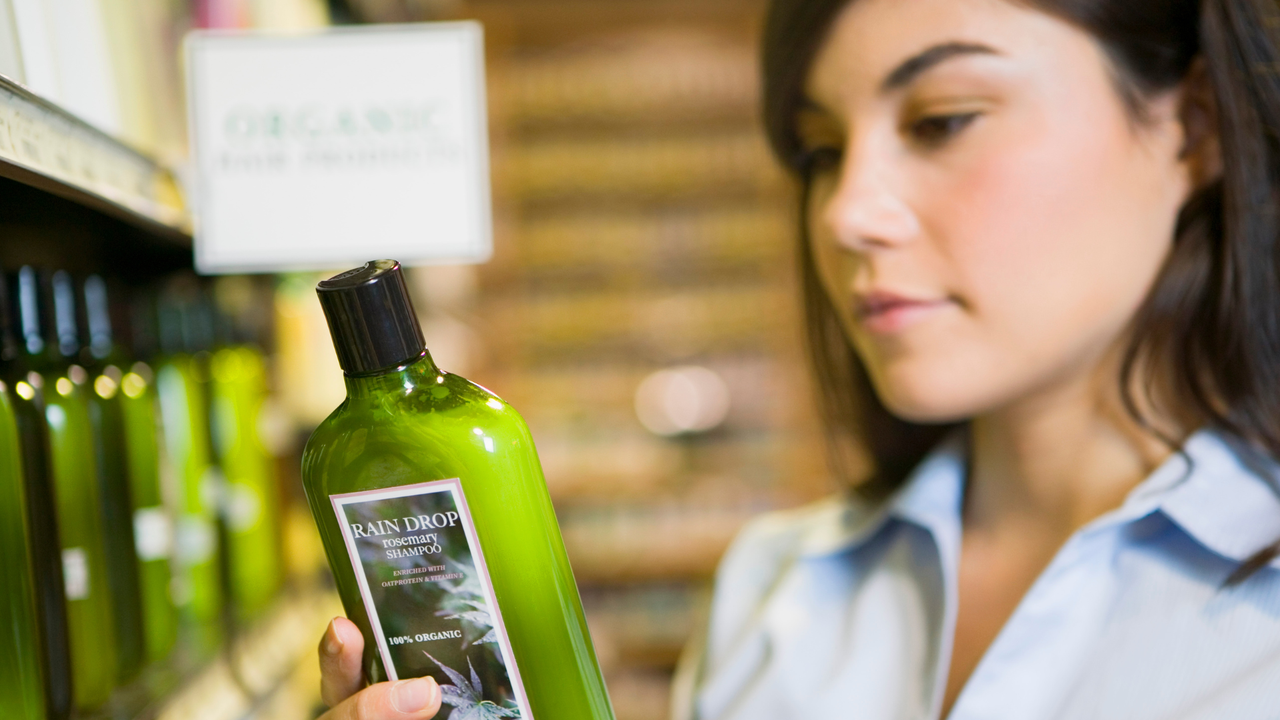
Step by step guide to removing chemicals and plastics from your home. Surprising sources of hidden plastics and the effects of chemicals on the body.
Switching to a chemical-free and plastic-free home can significantly improve your health and reduce your environmental impact. Here’s a step-by-step guide to help you get started:
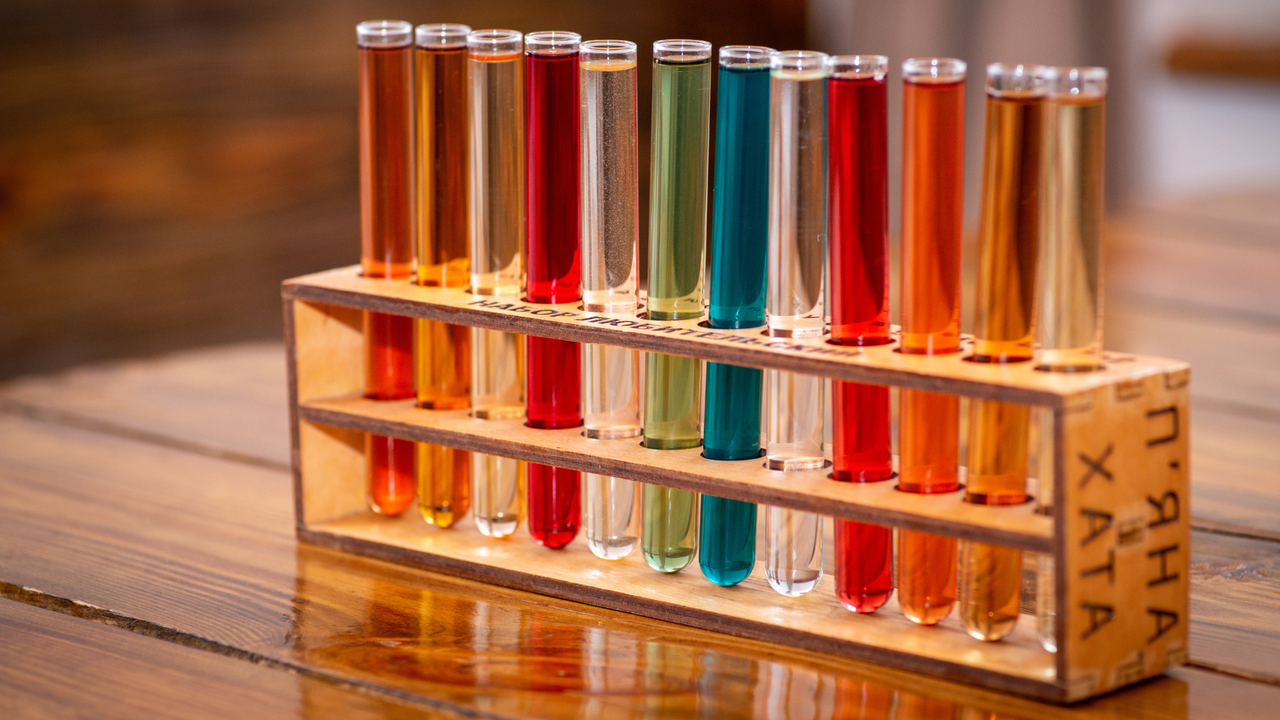
Identify harmful chemicals
- Volatile Organic Compounds (VOCs): Found in cleaning products, paints, and air fresheners. They can cause respiratory issues, headaches, and long-term health problems
- Phthalates: Present in many personal care products and plastics. Linked to endocrine disruption and reproductive issues
- Formaldehyde: Found in furniture, building materials, and some household products. Can cause respiratory problems and is a known carcinogen
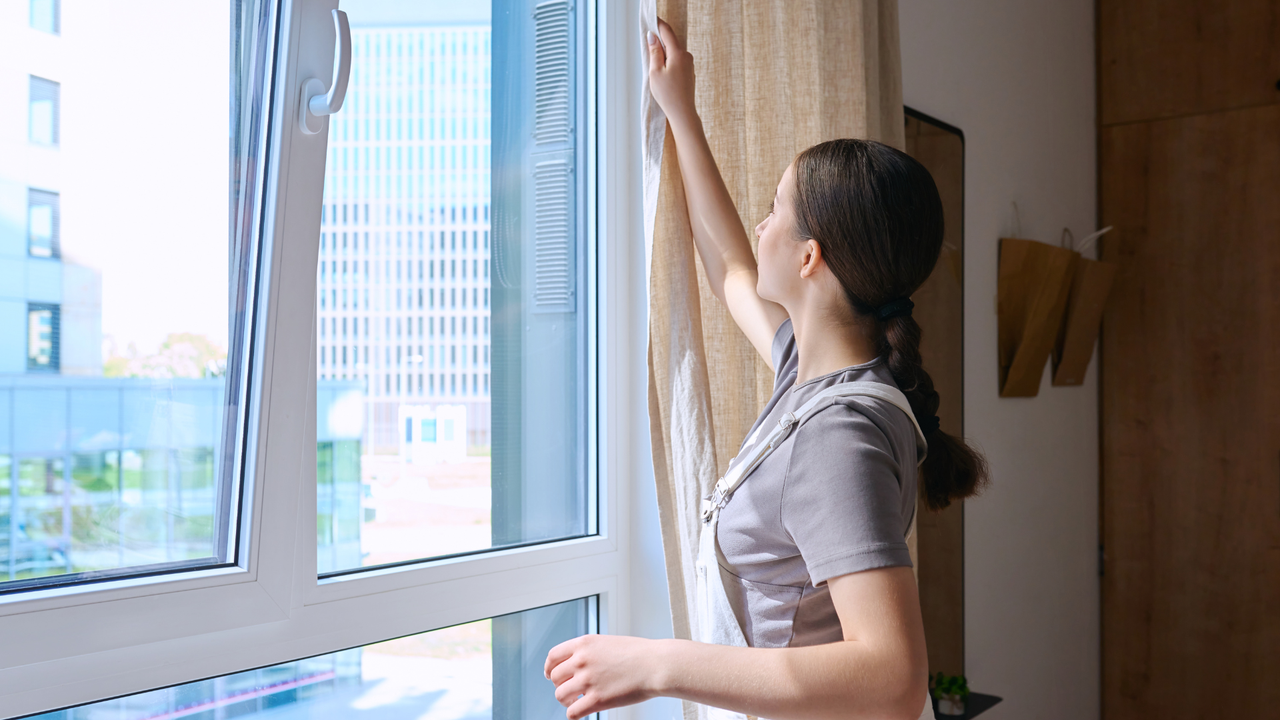
Steps to remove chemicals
- Read Labels: Check product labels for harmful chemicals. Avoid products with VOCs, phthalates, and formaldehyde
- Switch to Natural Alternatives: Use natural cleaning products like vinegar, baking soda, and castile soap
- Improve Ventilation: Increase airflow in your home by opening windows and using exhaust fans to reduce indoor air pollution
- Use Air Purifiers: Invest in air purifiers with HEPA filters to remove airborne chemicals and allergens
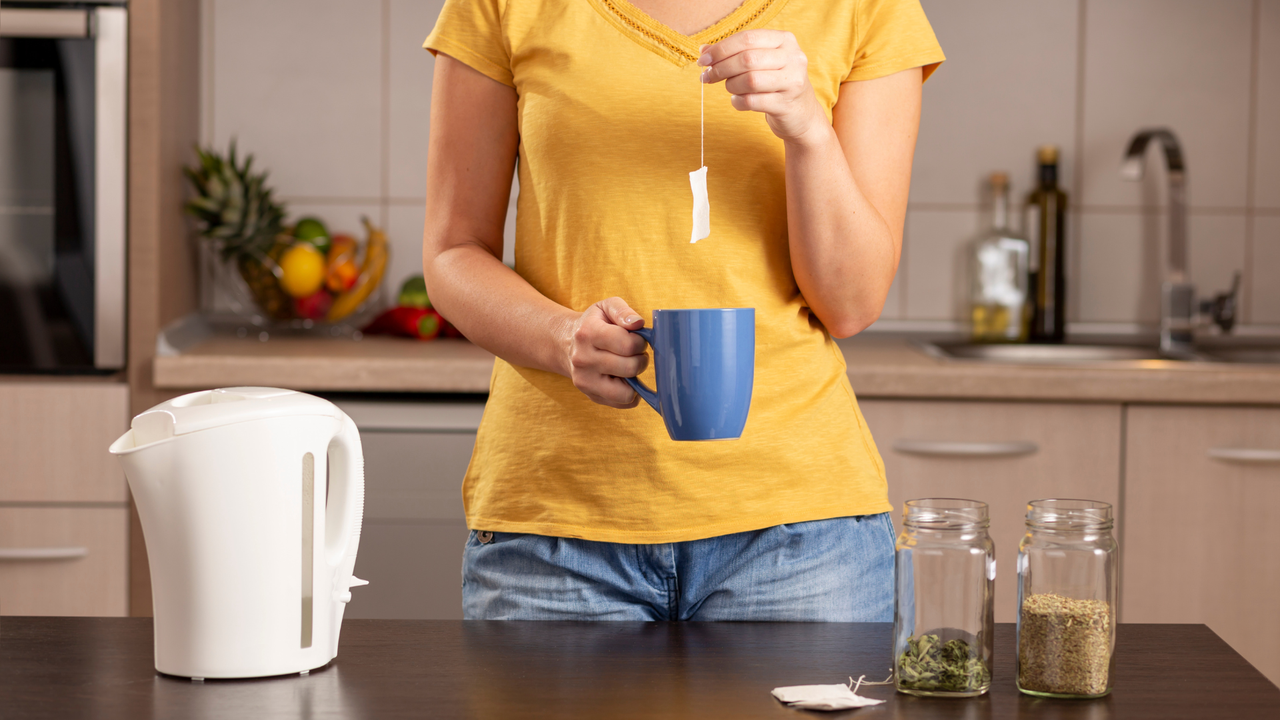
Identify hidden plastics
- Tea Bags: Some tea bags contain plastic that releases microplastics into your tea
- Clothing: Synthetic fibers like polyester and nylon shed microplastics during washing
- Food Packaging: Many food containers and packaging materials contain hidden plastics
- Personal Care Products: Items like face wipes and tampons often contain hidden plastics
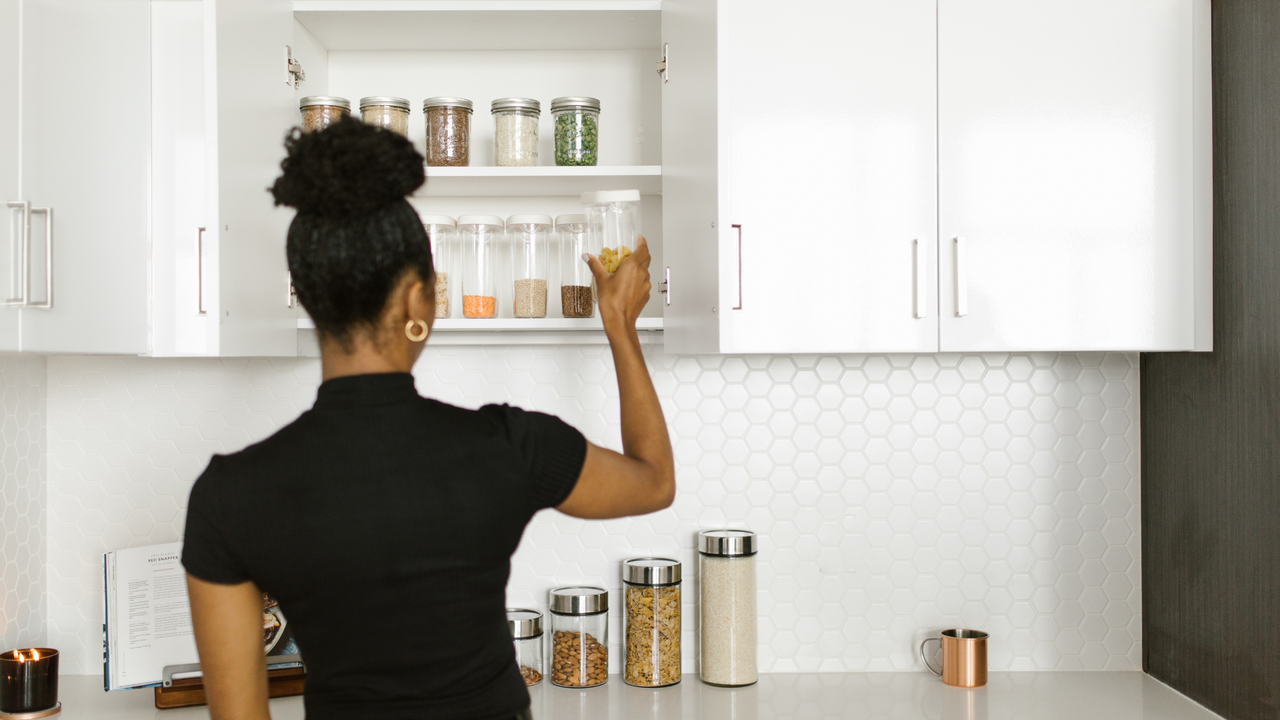
Steps to remove plastics
- Switch to Loose Leaf Tea: Use loose leaf tea and a stainless steel infuser instead of plastic-containing tea bags
- Choose Natural Fibers: Opt for clothing made from natural fibers like cotton, wool, or linen
- Use Glass or Stainless Steel Containers: Replace plastic food containers with glass or stainless steel alternatives
- Select Plastic-Free Personal Care Products: Choose products that are free from plastic and packaged in sustainable materials
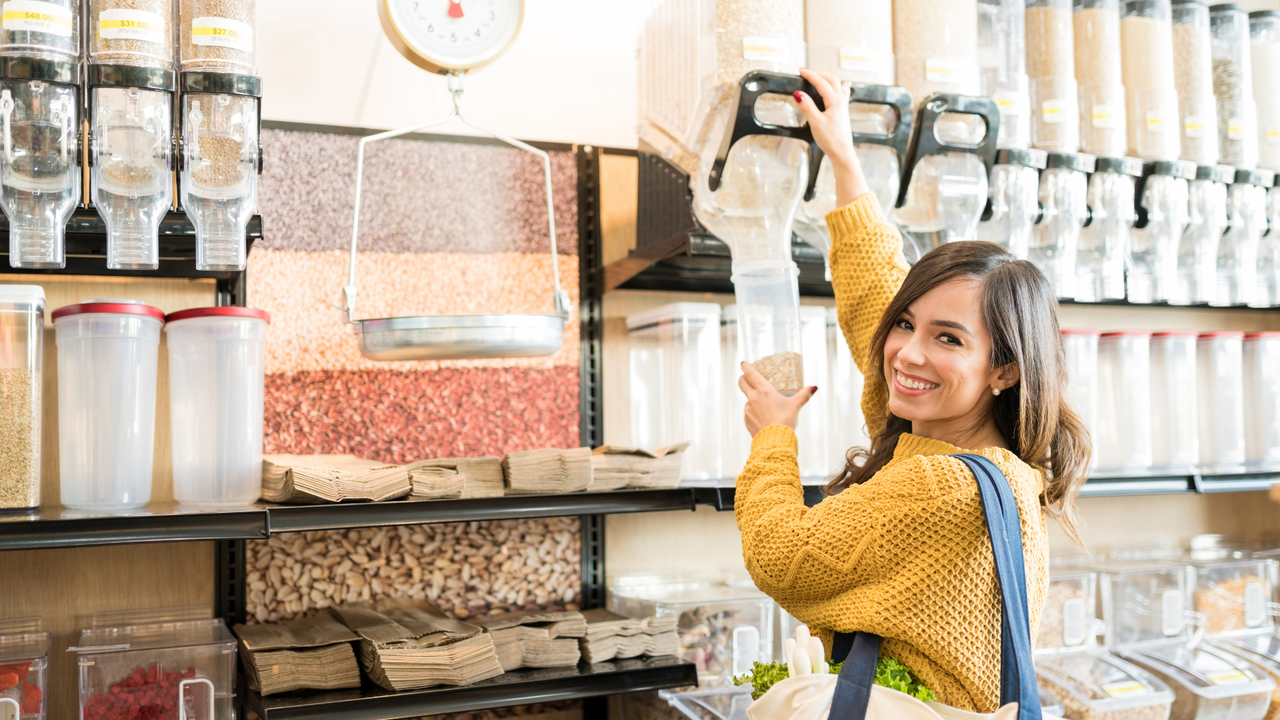
Reduce plastic waste
- Reusable Bags and Containers: Use reusable shopping bags, water bottles, and food containers
- Bulk Buying: Purchase items in bulk to reduce packaging waste
- Recycle Properly: Follow local recycling guidelines to ensure plastics are recycled correctly
- Create a Chemical-Free Cleaning Kit
- All-Purpose Cleaner: Mix equal parts water and vinegar with a few drops of essential oil for a natural cleaner
- Glass Cleaner: Combine water, vinegar, and a small amount of rubbing alcohol for streak-free windows
- Scrubbing Paste: Use baking soda and water to create a paste for scrubbing surfaces
Stay informed
- Research Products: Continuously research and choose products that are free from harmful chemicals and plastics
- Join Community Groups: Engage with local sustainability groups to share tips and resources
Regular maintenance
- Routine Checks: Regularly check your home for hidden plastics and harmful chemicals
- Update Practices: Stay updated with new sustainable practices and products
